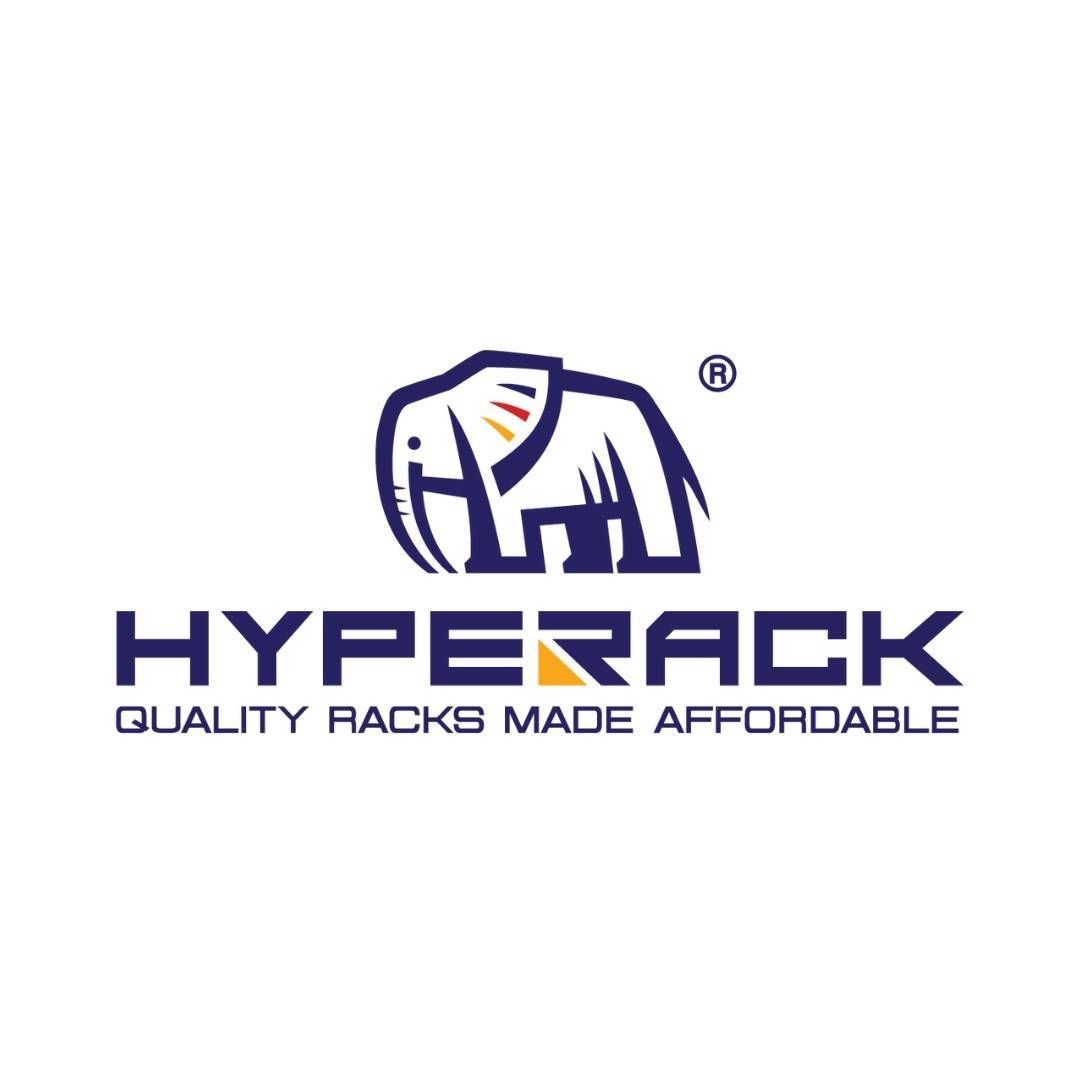Description
Benefits of Choosing the Right Warehouse Racking System for Your Business
Choosing the right Warehouse Racking System is critical for maximizing storage space, improving workflow efficiency, and enhancing overall productivity in your warehouse. A well-designed racking system optimizes the use of available space, reduces operational costs, and ensures faster and more accurate order fulfillment. This article explores the key benefits of selecting the right racking system for your business.
1. Maximizing Storage Capacity
One of the main advantages of a properly chosen racking system is its ability to maximize storage capacity. By utilizing vertical space and optimizing aisle configurations, high-density racking systems such as **pallet flow racks** and **drive-in racking** help businesses store more products within the same warehouse footprint. This reduces the need for additional storage space, which in turn lowers real estate costs and enhances operational efficiency.
2. Improving Inventory Management
A good racking system enhances inventory management by organizing products and improving stock visibility. With systems like **selective racking** and **carton flow racks**, businesses can easily categorize and store inventory, improving the accuracy of inventory counts and reducing the chances of overstocking or stockouts. Enhanced inventory organization also facilitates quicker product retrieval, improving overall warehouse efficiency.
3. Enhancing Accessibility and Order Picking
Efficiency in order picking is vital to fast order fulfillment. With a smart racking system in place, workers can easily access products, reducing the time spent searching for items. Systems like **FIFO racks** (First In, First Out) and **push-back racking** allow for easier product retrieval, ensuring that orders are picked faster and with greater accuracy, which helps meet customer demands for quick delivery.
4. Reducing Labor Costs
By improving workflow and reducing the time spent locating products, a properly designed racking system can reduce labor costs. With efficient racking solutions, such as **narrow aisle racking** or **mobile racking**, employees spend less time navigating the warehouse and more time picking orders. Reducing unnecessary movement not only increases productivity but also reduces the number of employees needed for daily operations, thereby cutting labor expenses.
5. Reducing Warehouse Congestion
A well-organized racking system reduces congestion by ensuring that products are stored in an optimized and systematic manner. With proper aisle width and racking design, systems like **drive-in racks** and **mobile racking** help prevent clutter and make the most efficient use of available space. This reduces traffic bottlenecks within the warehouse, improving the speed and accuracy of product retrieval and shipment.
6. Enhancing Safety Standards
A well-implemented racking system contributes to improved safety standards by reducing the risk of accidents. Systems like **pallet racking** and **push-back racking** help store products in a way that minimizes the chances of items falling, which can cause injuries or product damage. Additionally, features such as **rack guards** and **column protectors** help prevent accidents, ensuring a safer work environment for warehouse staff.
7. Facilitating Easier Scalability
As your business grows, your warehouse needs may change. The right racking system can easily adapt to accommodate growth by offering modular and scalable solutions. With systems like **modular racking** and **multi-tier racking**, businesses can expand their storage capabilities without the need for major renovations or costly expansions, making it easier to scale operations as inventory levels increase.
8. Supporting Better Space Utilization
Efficient warehouse space utilization is key to running a successful operation. A racking system that optimizes the use of vertical space and reduces aisle widths helps make the most of your available space. High-density racking solutions such as **mobile racking** and **pallet flow racks** ensure that every inch of the warehouse is being used efficiently, which helps businesses store more products without expanding the physical warehouse.
9. Improving Shipping and Receiving Times
By improving product accessibility and reducing congestion, a smart racking system helps improve the speed of shipping and receiving operations. With a well-organized racking solution, workers can quickly retrieve products and prepare them for shipment, ensuring faster order fulfillment and reducing wait times. This leads to improved customer satisfaction and helps maintain a competitive edge in the market.
10. Supporting Sustainable Operations
Sustainability is increasingly becoming a key consideration in warehouse management. A well-designed racking system can contribute to sustainability by reducing energy consumption, optimizing space, and minimizing waste. Systems that make use of vertical space, for example, reduce the need for energy-intensive lighting and climate control, while also reducing the environmental impact of expanding warehouse infrastructure.
Conclusion
Choosing the right warehouse racking system is essential for maximizing space utilization, improving workflow, and enhancing operational efficiency. A well-organized racking system reduces labor costs, improves inventory management, and ensures faster and more accurate order picking, ultimately boosting productivity. For more information on pallet racking systems, refer to the Pallet Racking Wikipedia page.
Follow Us on Social Media
Stay updated with the latest trends and solutions for warehouse racking systems by following us on our social media channels:
